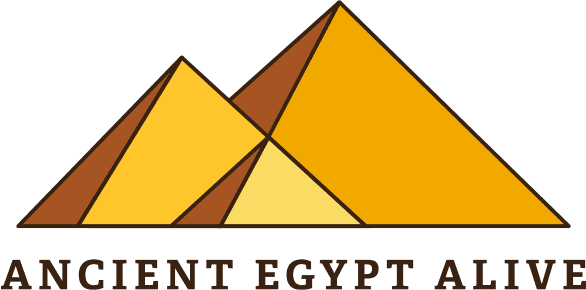How Egypt’s enduring antiquities give us hope, insight, and inspiration.
Ahhh…The pyramids of Egypt. Their magnificence, antiquity, and unfathomable human accomplishment inspire awe and amazement. Can you imagine how divine they would have appeared when still covered in gleaming white limestone shining in the sun?
Monuments like the pyramids are especially important to consider today. Allow me to share a few thoughts on this…
The world is changing so fast – too fast for many of us since the pandemic of 2020 and our recovery.
During these years of rapid shifts, shocks, fear, losses and uncertainty about the future, an immersion into the ancient past is a delightful escape. The solidity and everlasting nature of the Great Pyramid, Karnak Temple, and Kings’ Valley – gives us a certain comfort. A sense of peace. Connectedness.
While the world of work, business, family, and politics in the 21st century spins wildly like a tilt a whirl – an out of control — you can’t get off — Egypt’s remarkable past remains solid and immovable in stone.
Everything changes, but the pyramids and Sphinx stand forever.
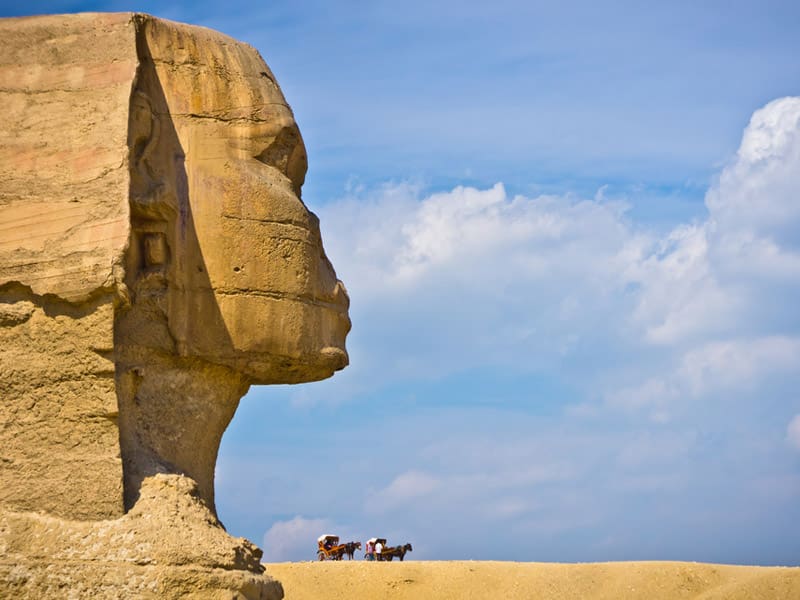
Modern Egypt is lighting up the world – and leading the way
The antiquities officials of Modern Egypt fully understand the power of this legacy they have inherited – and have risen to the occasion. The country today has been a shining inspiration through these dark times. Enlightened leadership under Sisi. An avalanche of rich, magnificent new tomb discoveries to dazzle us. Coffins, statuettes, and riches tumbling out of the sand. And majestic new museums preparing to open their doors. Not to mention so many stunningly re-stored sites, brilliant colour revealed on ancient temple pillars and ceilings. And glorious festivals and parades that lit up a dreary world through 2020 and 2021.


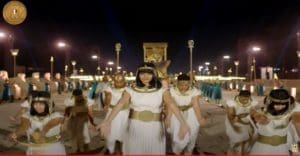

Transformation, troubles – and even plague in Ancient Egypt
As unchanging as Khufu’s pyramid appears, the civilization was certainly not static. So, it’s reassuring to know that through Egypt’s great 3000-year history, they too survived periods of transformation, crisis, and upheaval. The ancients endured difficult times similar to what we are experiencing today. We must not let their enduring monuments fool us into thinking it was all smooth Nile sailing, season to season, flood to harvest.
Between 3000 BCE to the coming of the Romans, Ancient Egyptians faced periods of terrifying chaos. civil war, and invasion. New regimes. Mass immigration. Famine due to low floods. Even plagues.
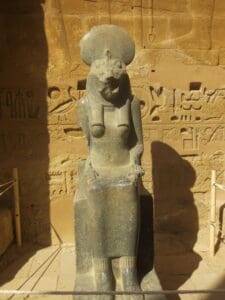

Even gods changed with the times
Their pantheon of pagan gods even had to pivot with the times. They changed and fused together in a process called “syncretism”. Ptah of Memphis gave rise to Ptah Sokar Osiris. Re spawned Amun Re and Re Horakhty. And new Greco-Roman gods like Serapis emerged, a syncretistic deity combining aspects of Osiris, the Apis, Zeus and Demeter. One modern comparison might be the way we today are embracing mixed families and gender/ethnic diversity.
Interestingly, in later periods as the power of the Pharaoh declined, the animal gods – like Horus (Hawk), Thoth (Ibisi/baboon), Bastet (cat) and Anubis (dog/jackal) – vastly expanded their cults and influence.
Famines & labour strikes
While we endure skyrocketing fuel and grocery costs – the ancients certainly had periods of famine with not enough food. Certainly, it was famine, climate change and weak kings (feeble old leaders) that brought the Pyramid Age to an end. And of course, there was the great decline during Ramses the III in the 12th century BCE with costly wars, huge numbers of immigrants entering from Libya and the Mediterranean –and not enough grain in the coffers to feed the artisans who built the tombs in the Valley. They ultimately walked out of their village and staged the first labour strike. It was around this time that the great tombs of Pharaohs – God-kings – were ruthlessly ransacked of their treasures, just generations after they were laid to rest.
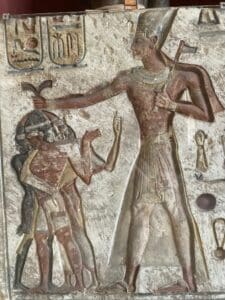
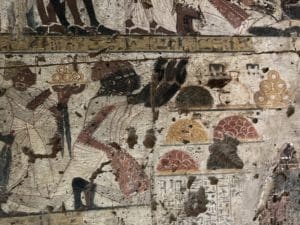
Ultimately, despite the ravages of political upheaval, natural disaster and economic rise and fall, The Ancient Egyptians prevailed. They conquered waves of change and created a civilization whose great works in art, architecture, literature, science, and heroic deeds endure today.

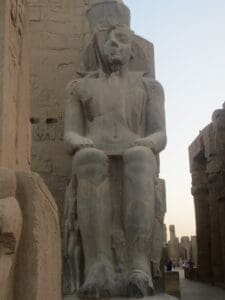
One thing that never changed in ancient Egypt was the fervent belief in life after death. That eternal renewal of the soul and spirit that could be activated through worship, ritual, art, performance – and positive thought!
We need to practice more of this today!
In studying the success of this great civilization, we can certainly inspire ours. Let us glean insights from these pagan people and apply them to our lives and outlook. Remember, every year, new life springs from the soil. Our ancestors remain with us in spirit – always — protecting us. Keep them alive by repeating their name and remembering them.
And finally, all periods of uncertainty, like the one we are going through, are followed by times of prosperity and confidence. New ideas, new growth – and wonderful things lie ahead… if we only believe it.

All photos are by Laura Ranieri Roy unless otherwise indicated.
